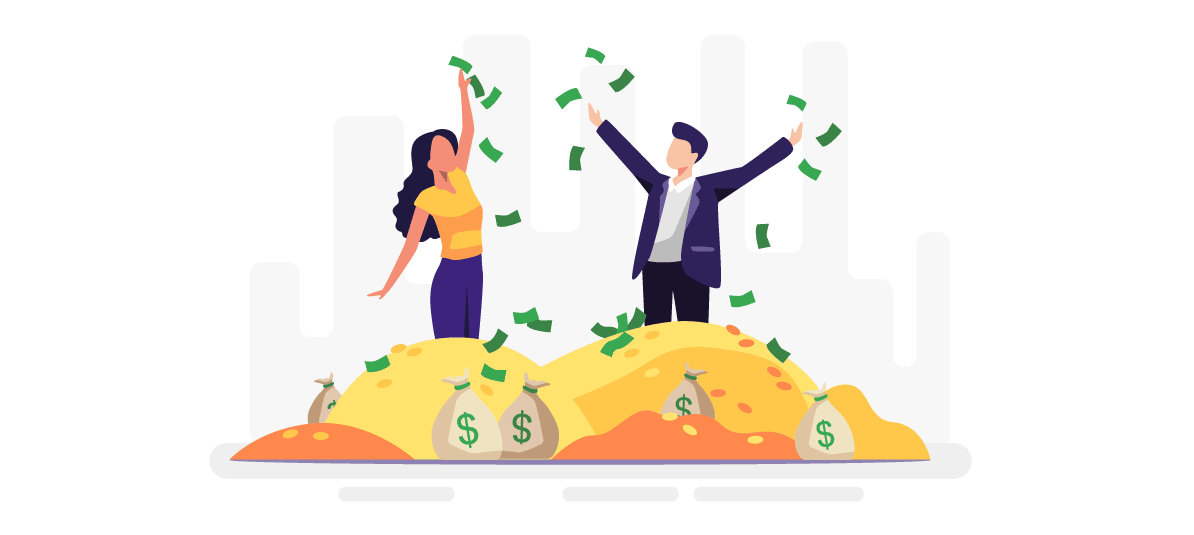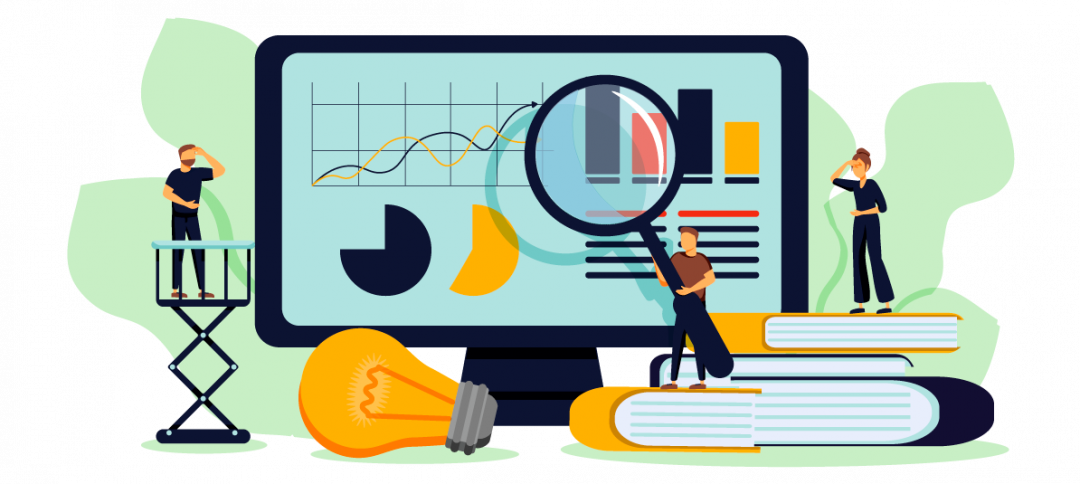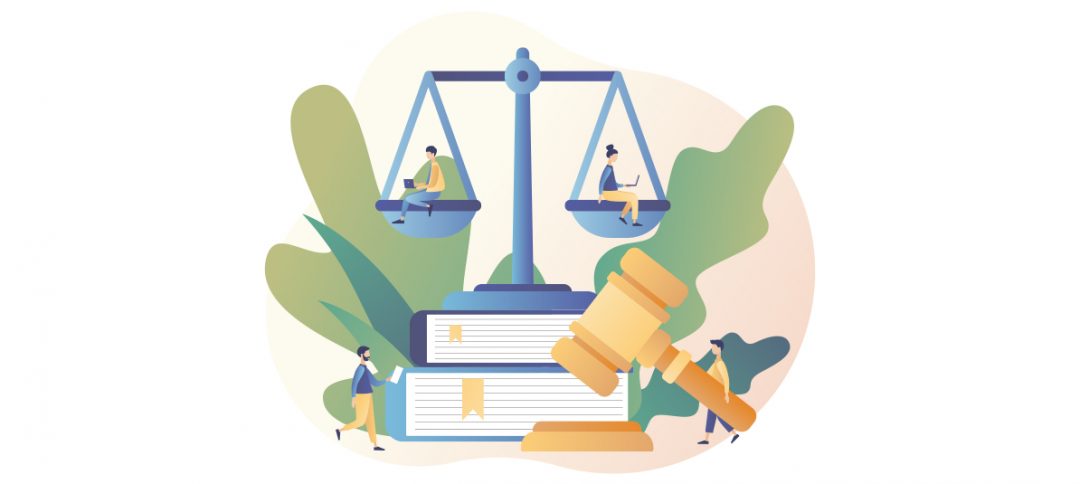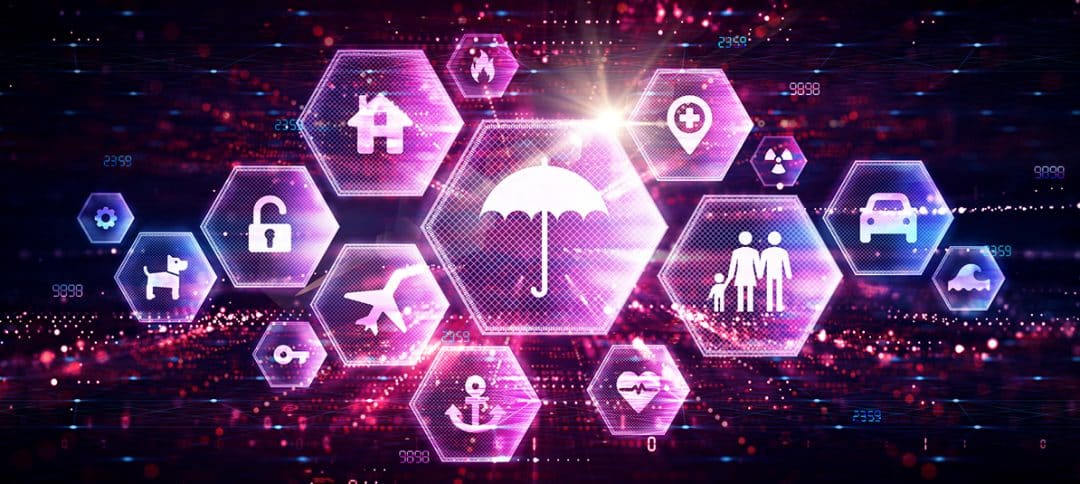Dividing that journey into stages will help you gain perspective on where you are and how stable your personal finances are. It will also help you see your progress much more clearly and keep your motivation high.
There is no one single way to divide up these stages for achieving financial freedom, but some are more commonly used than others. One of the best known is that of Grant Sabatier, author of the book “Financial Freedom” and one of the most recognized voices of the FIRE movement, made up of people seeking financial independence and be able to retire young.
Stage 1: clarity
More than a stage, this is usually the turning point when you start looking for financial freedom.
It’s the time when you ask yourself where you are financially and consider where you want to be. A good way to start is with a budget, which will help you get a picture of how much you earn and what you spend your money on.
Some people identify this stage with dependence, which is when your financial situation relies completely on other people, usually your parents. This is everyone’s real starting point, but even there you can begin to work on your financial freedom. Something as simple as cutting out some expenses can make all the difference in the long run.
Stage 2: solvency or being self-sufficient
The next step towards financial freedom is to become solvent or self-sufficient. In other words, you must be able to meet your financial obligations without the help of third parties and, if possible, without getting into debt.
If you live on credit, you will actually still be in a phase of dependence, and one step away from disaster because a bank is not the same as your parents and it will demand that you pay back the money.
At this stage the ability to generate financial freedom is limited, but it exists. You can review ‘ant expenses’, save on electricity, and even start investing.
As we have just said, financial freedom is a long-distance race and your best weapons for achieving it are perseverance and time.
Stage 3: breathing room
Perhaps the most vague stage of all, this is the moment when you really start to save.
This doesn’t necessarily mean you are making more money, but it does mean you are managing it better. You consistently spend less than you bring in and that allows you to start working on goals like building your emergency buffer.
Despite being the fuzziest step, this stage is one of the most rewarding. Being able to save every month and seeing how you can set aside two months of your expenses as a contingency fund can change your perspective on your financial capability. In addition, you will see your money stress start to reduce.
Stage 4: stability
This is where money stress fades. Of course you’ll still think about it, but in a very different way! Money will no longer be a concern.
In fact, losing your job will no longer be so frightening because you have backup savings, and the same will be true for unforeseen expenses. Of course, if you do lose your job, you will adjust your expenses, but you will not drastically cut your quality of life because you have room to react.
Financial stability is characterized by having paid off most, if not all, of your debts and having an emergency cushion of at least 6 months of fixed expenses. At this stage it is also normal to start investing to make your money grow.
Stage 5: Flexibility
People who reach this stage have at least two years of financial freedom, understood as two years of your lifestyle covered by your wealth.
At this point you could consider questions such as changing jobs voluntarily, taking a sabbatical year or studying, if you need to.
In short, you have the flexibility to organize your life and your time according to your preferences and you do not have to put up with certain work environments. Of course, all within a limit that will define your years of financial freedom.
At some point between this stage and the next it is possible to achieve what is known as Lean FIRE, which we could translate as “frugal or meager financial independence”. This means that you could stop working and live off your savings, but only by cutting your expenses as much as possible and changing your lifestyle for the worse.
Stage 6: financial independence
When you reach financial independence you will no longer need to work to cover your lifestyle. You will be able to live off the income generated by your savings or the other sources of passive income you have built up.
To reach this point you will need to accumulate a lot of wealth or build up other sources of income besides your salaried or self-employed job.
In any case, achieving financial independence doesn’t mean you have to quit your job. In fact, many people who reach this point continue to work. They do so because along the way and in this stage of flexibility they have found a job that they really like and which motivates them, or because they have started a business and now work for themselves.
Stage 7: abundance
Some people call this financial freedom and others refer to it as FATFire. People who reach this point don’t have to work for a living and can live however they want without worrying about money or market movements.
That’s the main difference compared to Stage 6, where you still have to watch your investments to make sure they cover your current lifestyle.
To help you understand it better, people who retire and live off their savings usually do so following the 4% rule, which is the percentage of their savings that they can use each year. When you reach the stage of abundance, you can greatly exceed that percentage and have peace of mind because you will still have elbow room.
Now that you know the stages of financial freedom, think about where you are. How much do you need to get to the next level?









